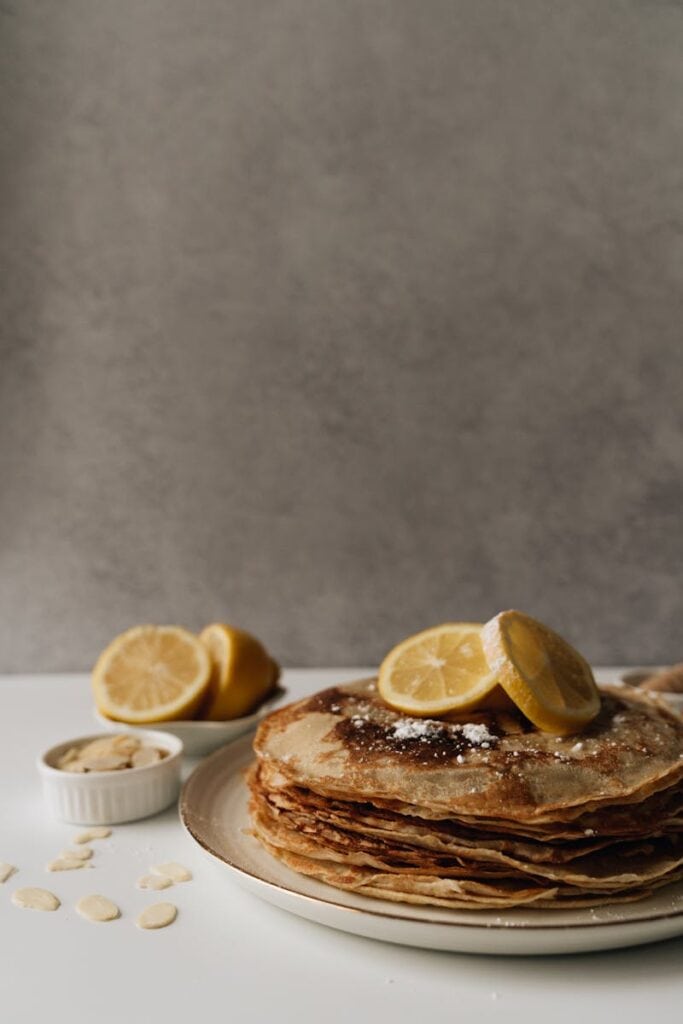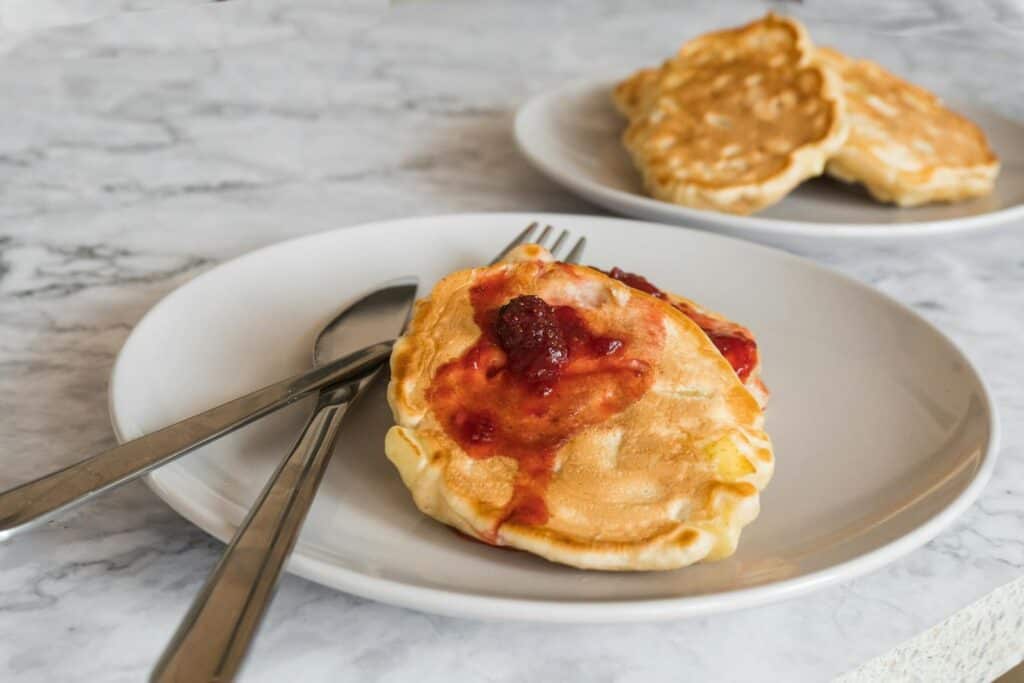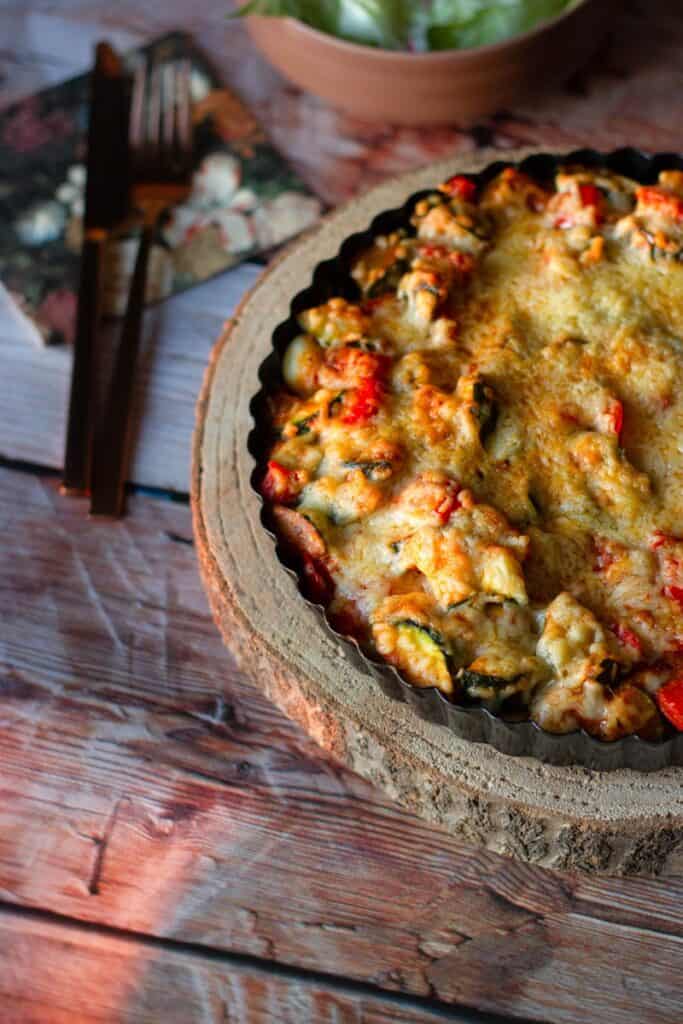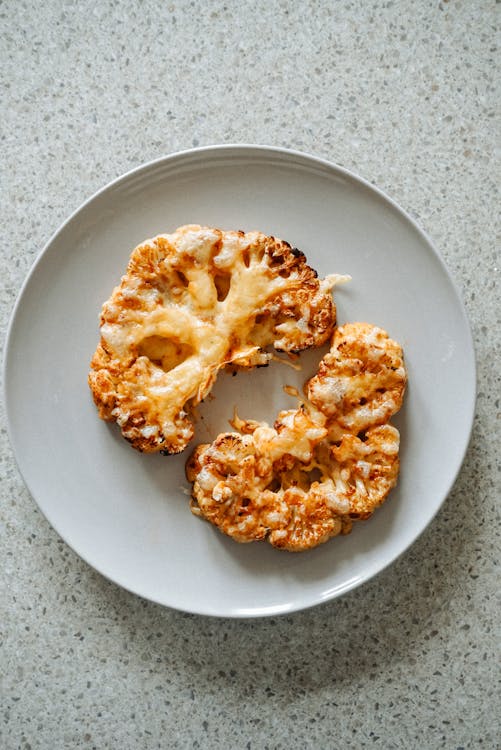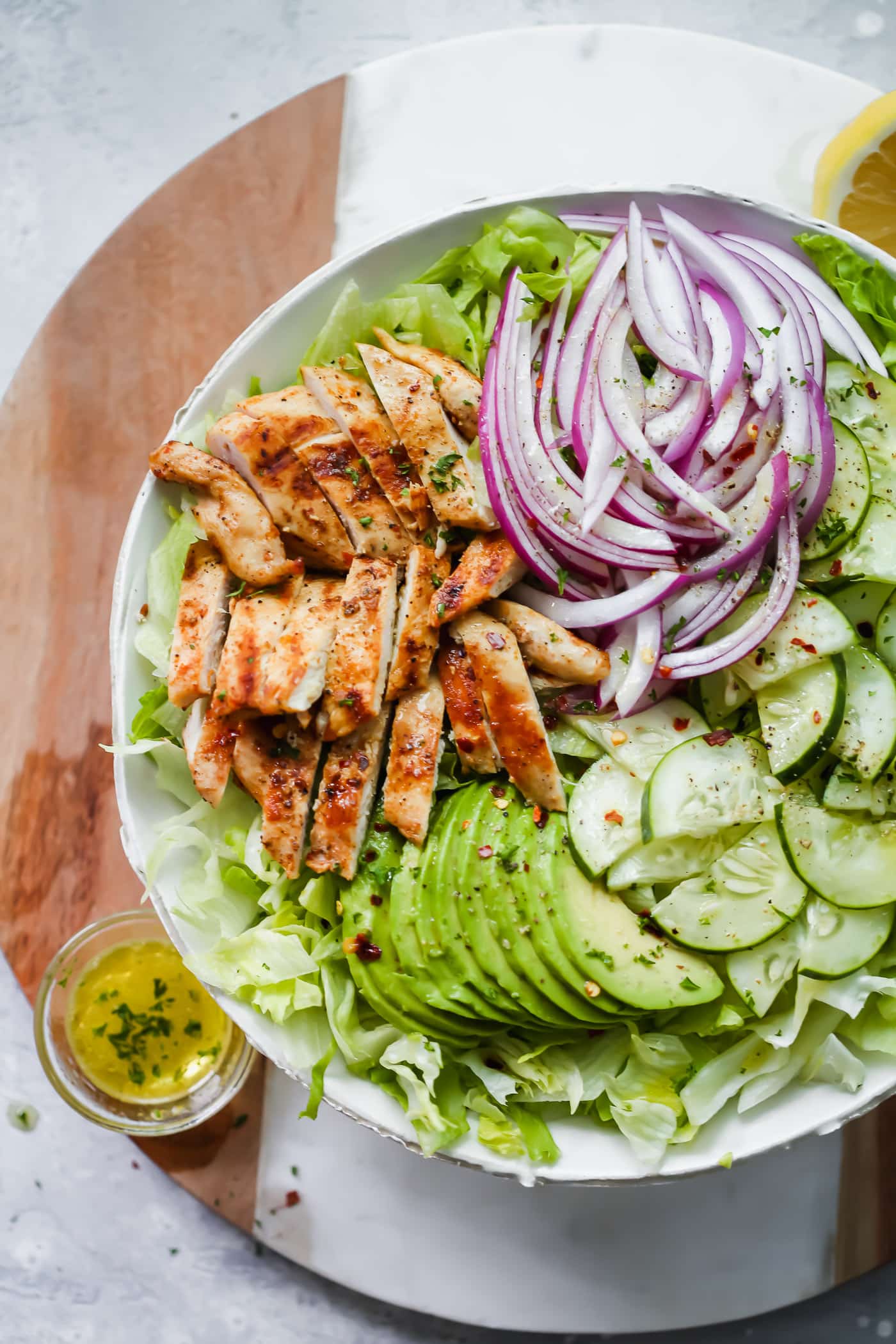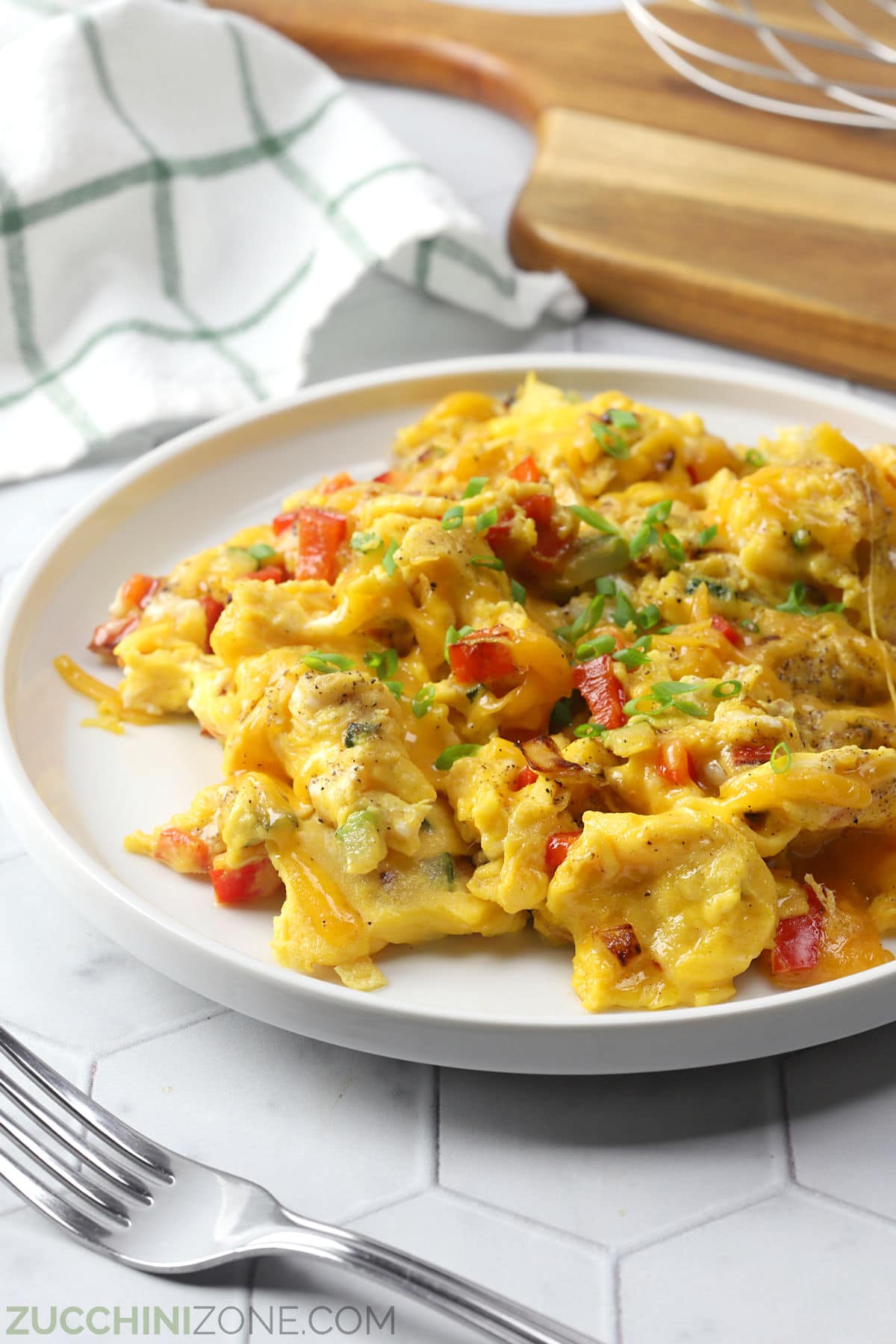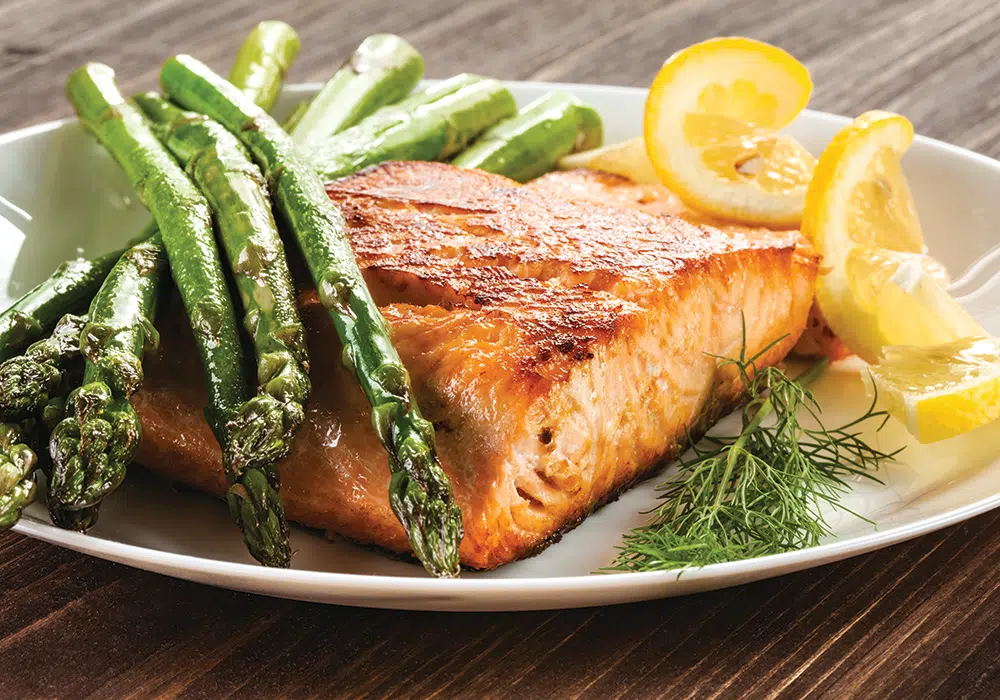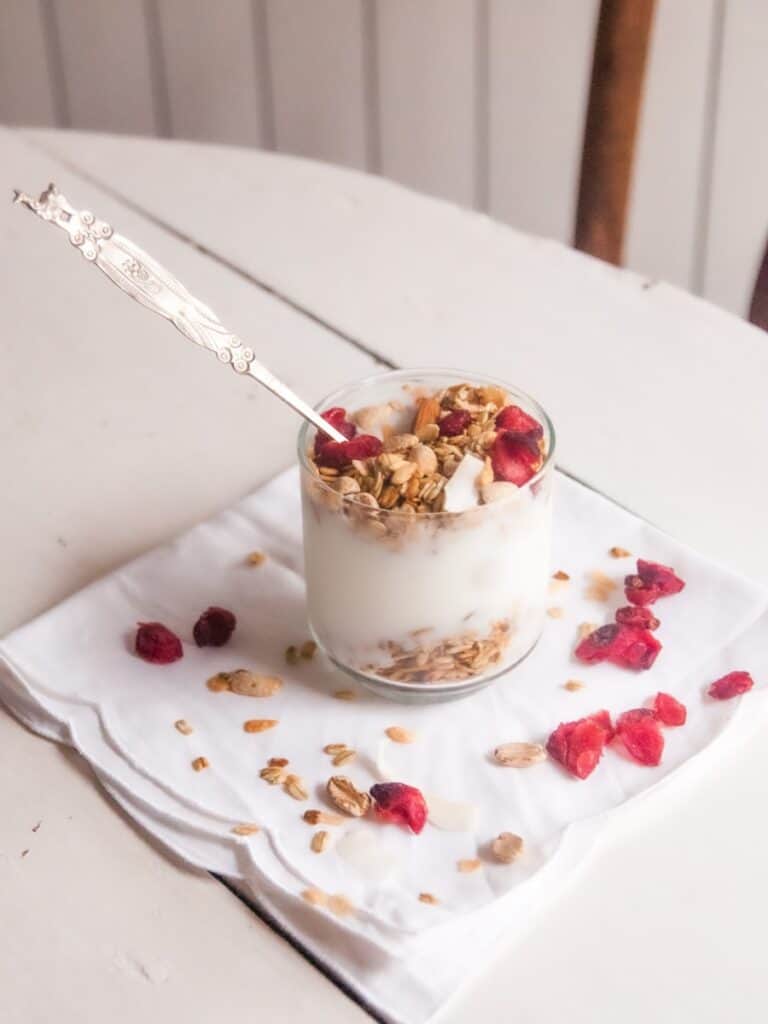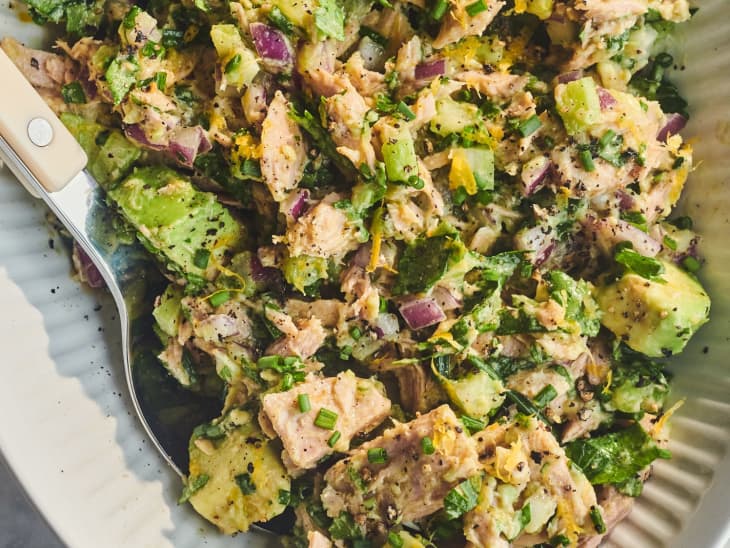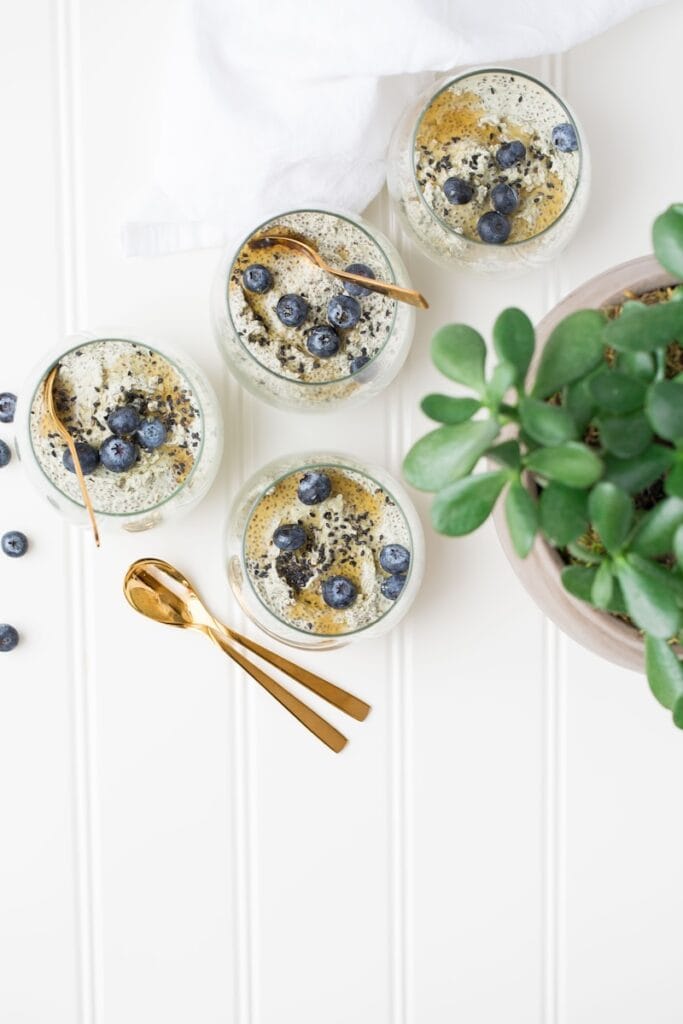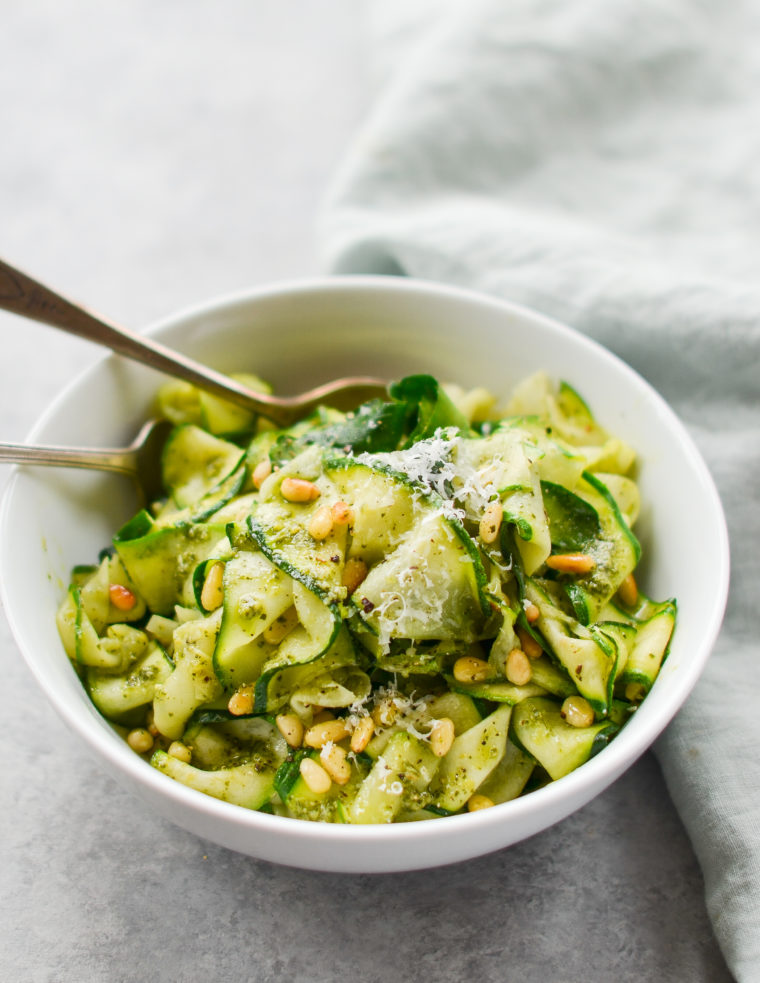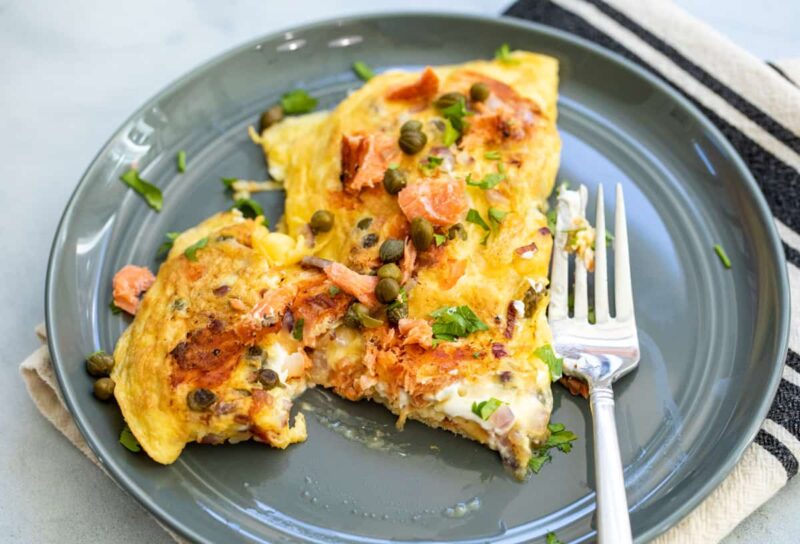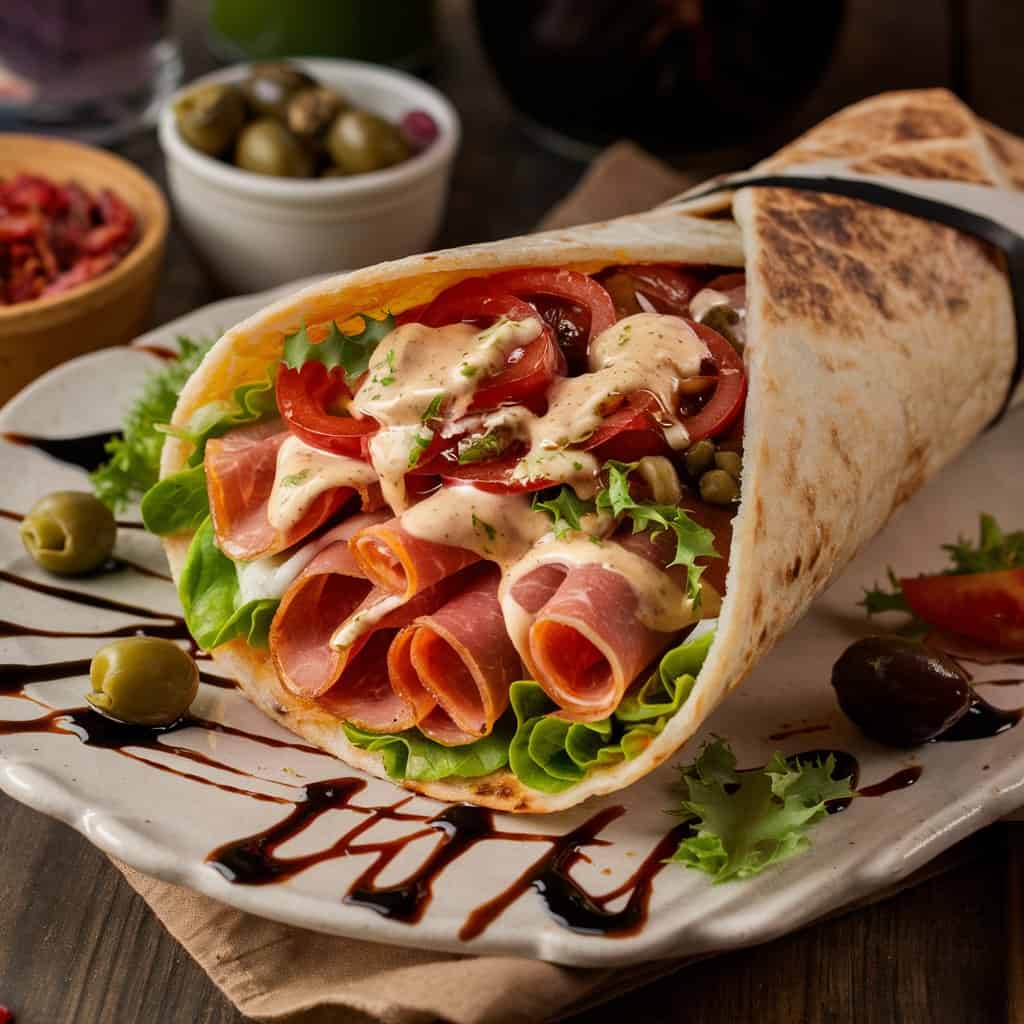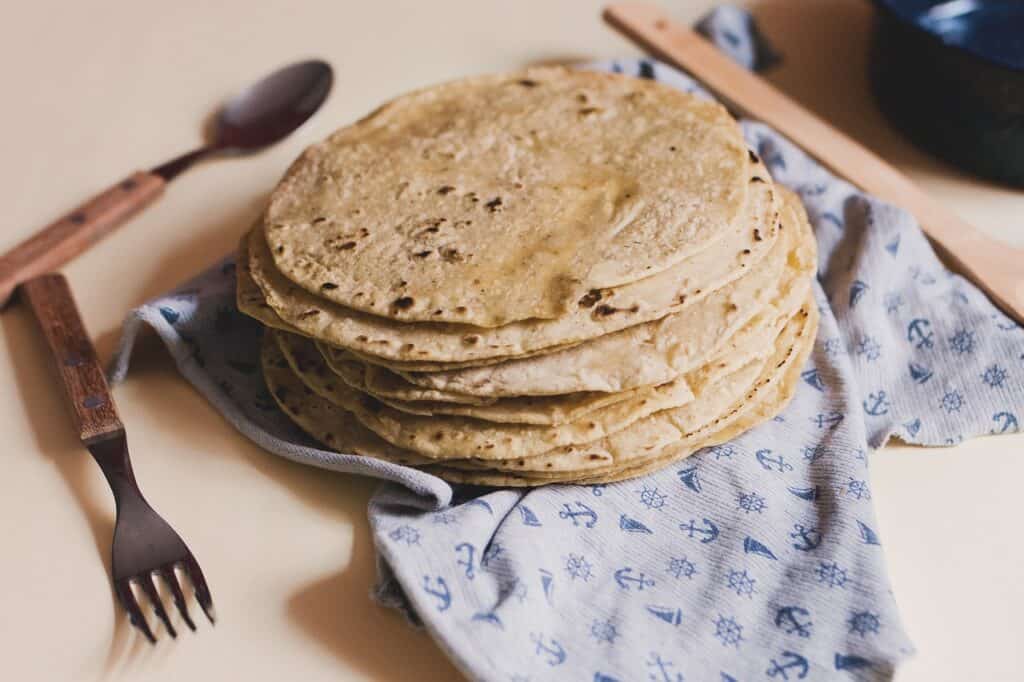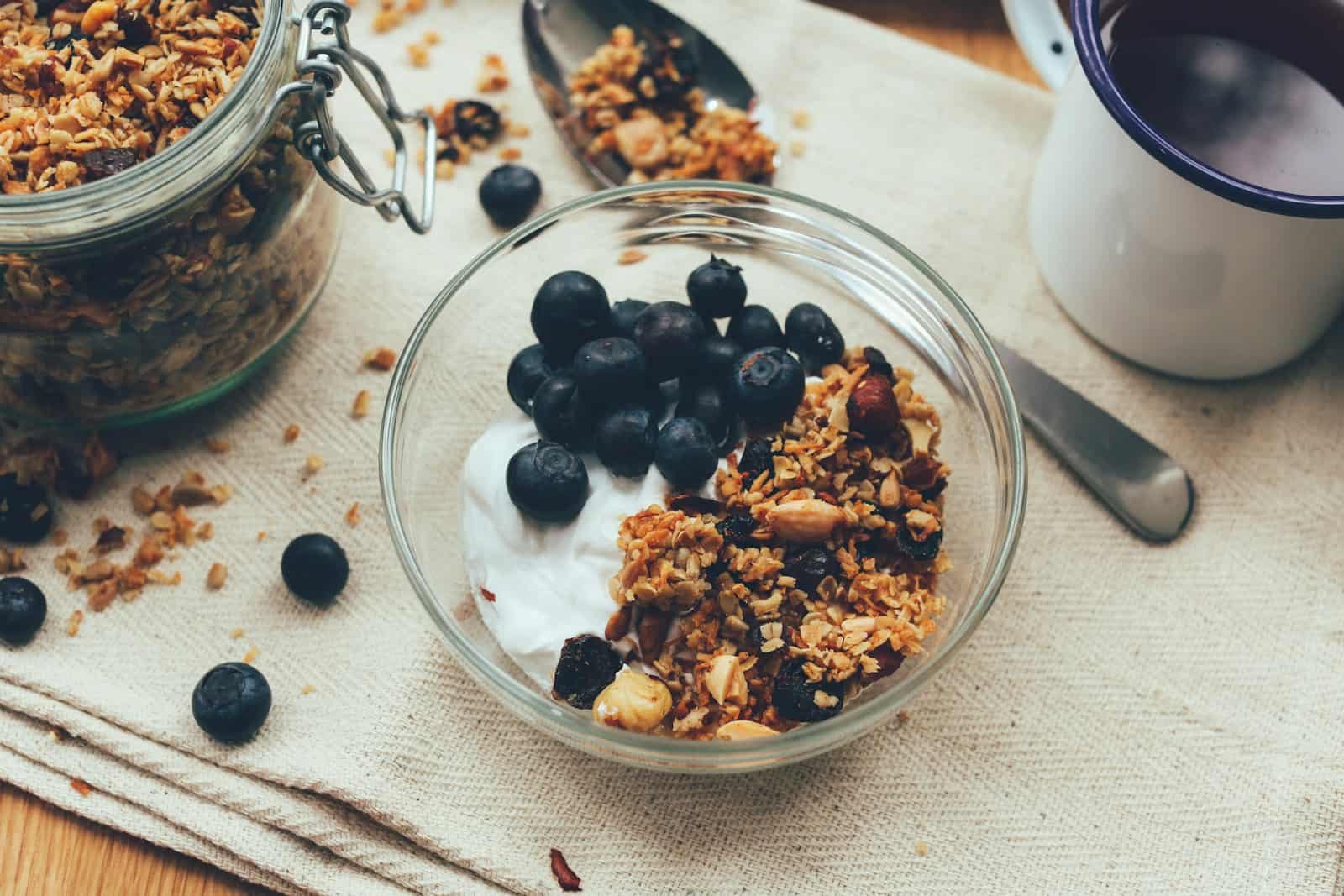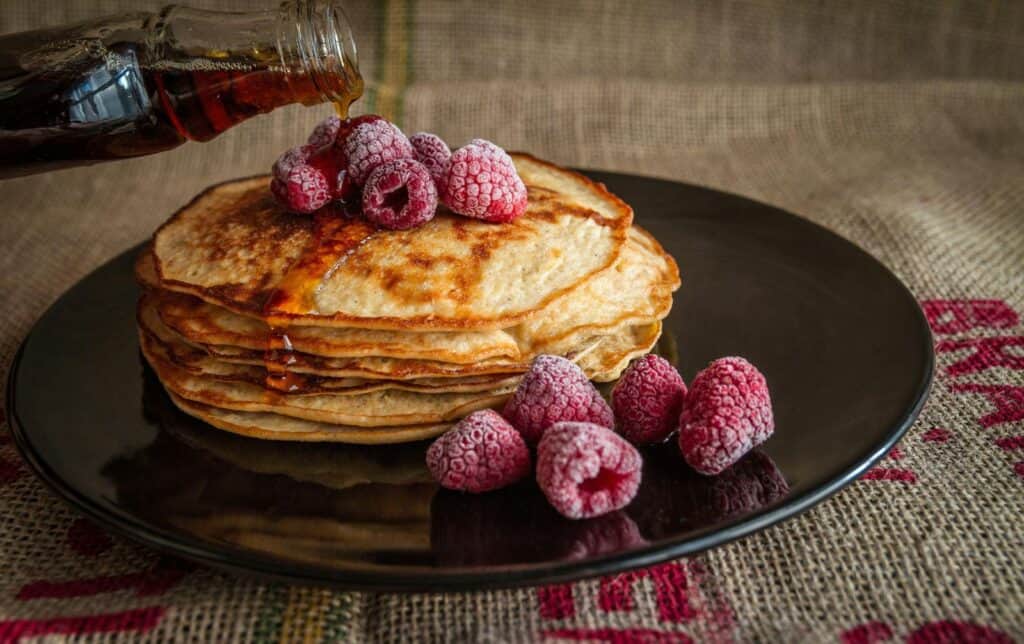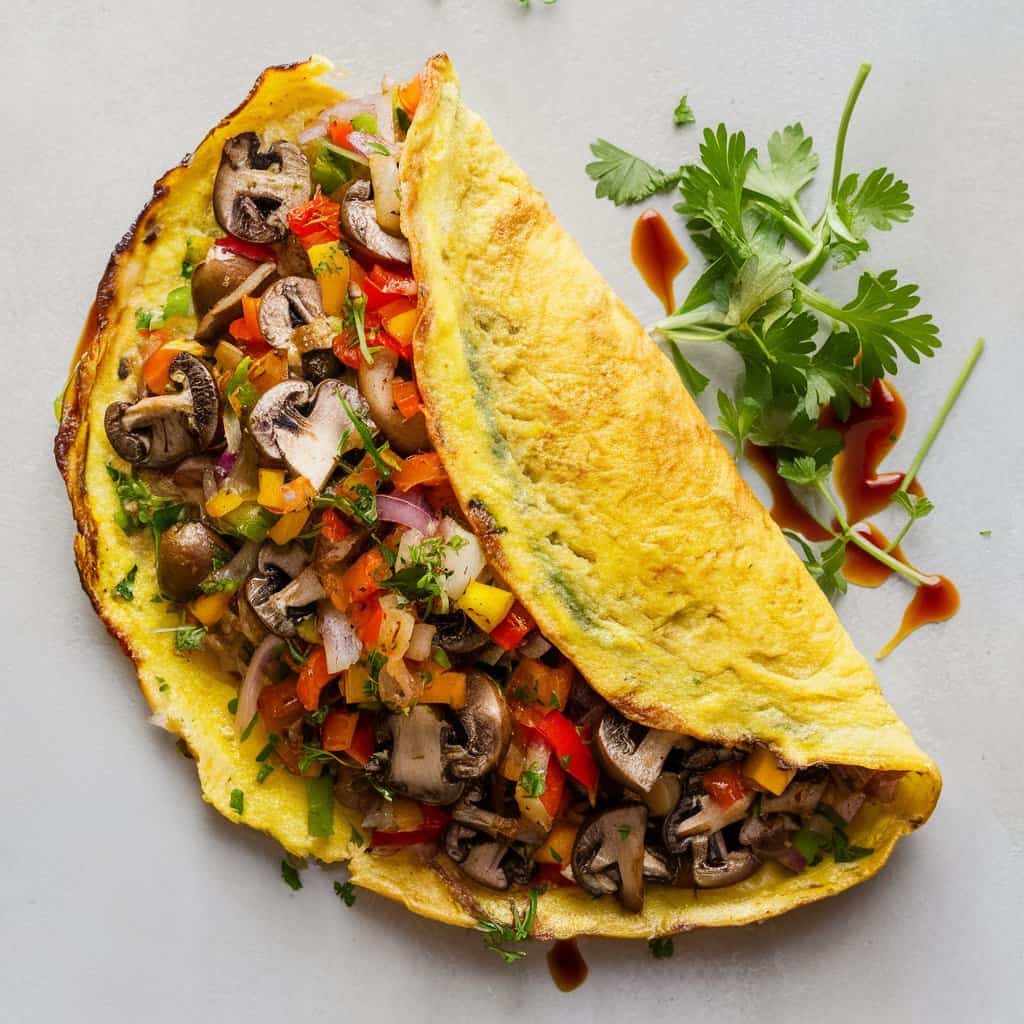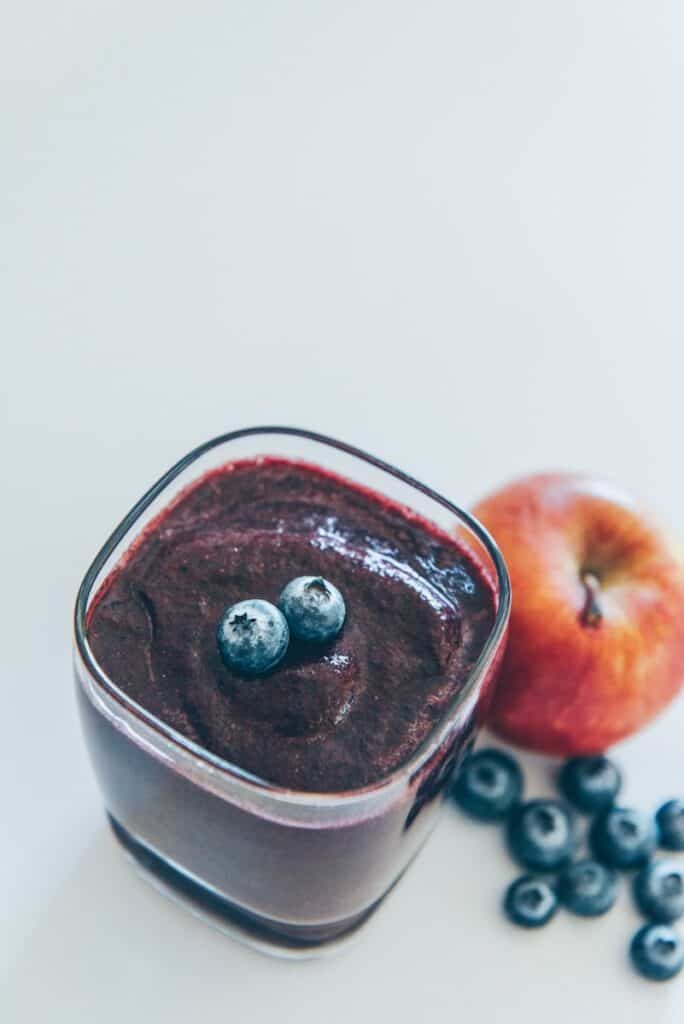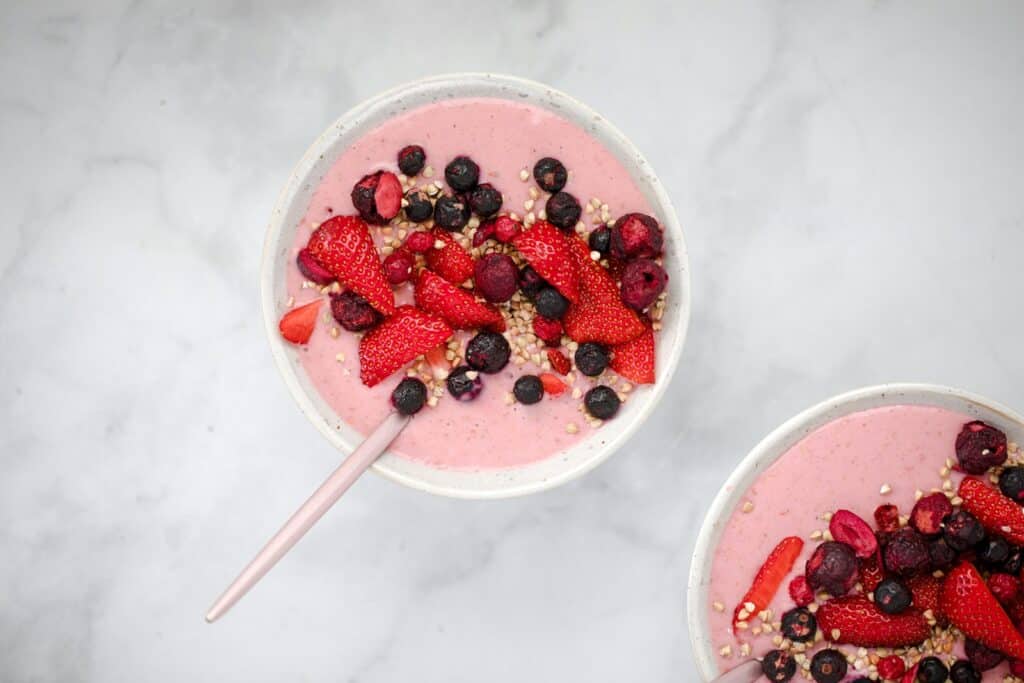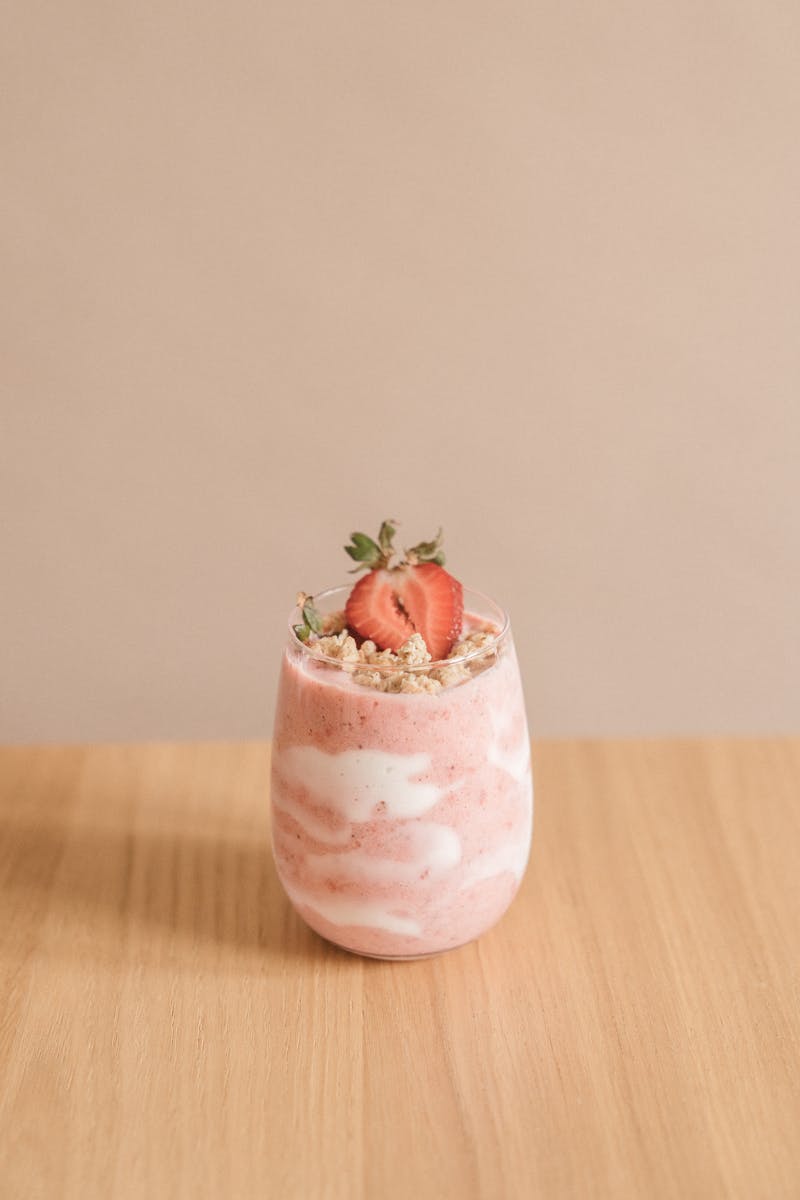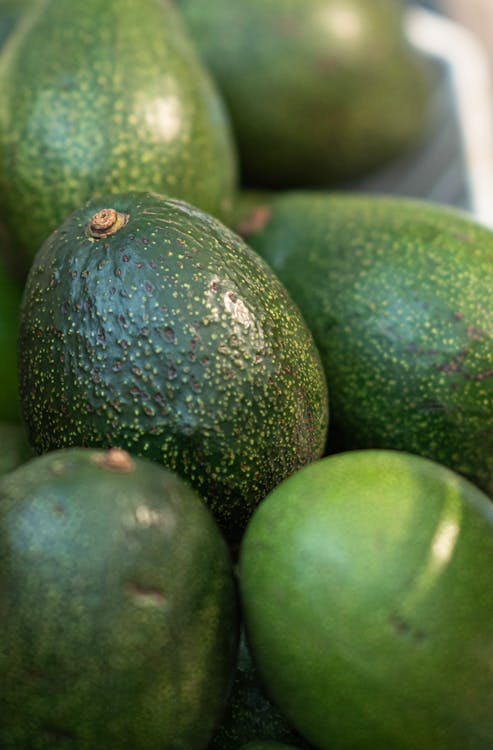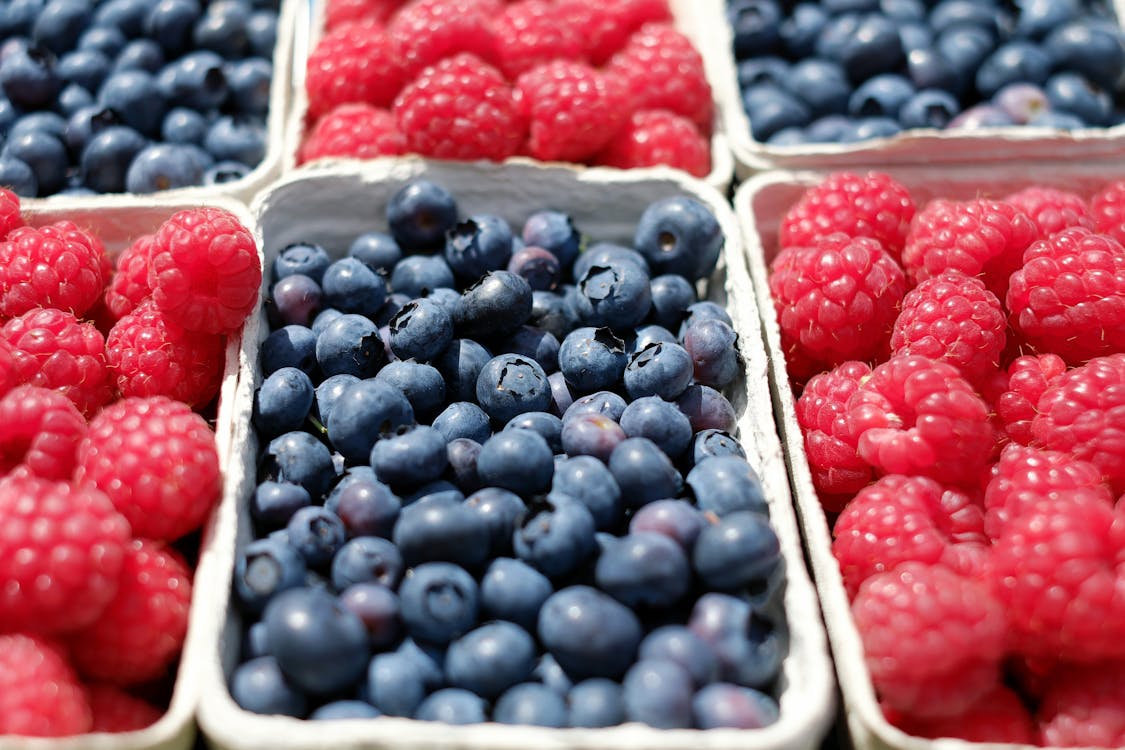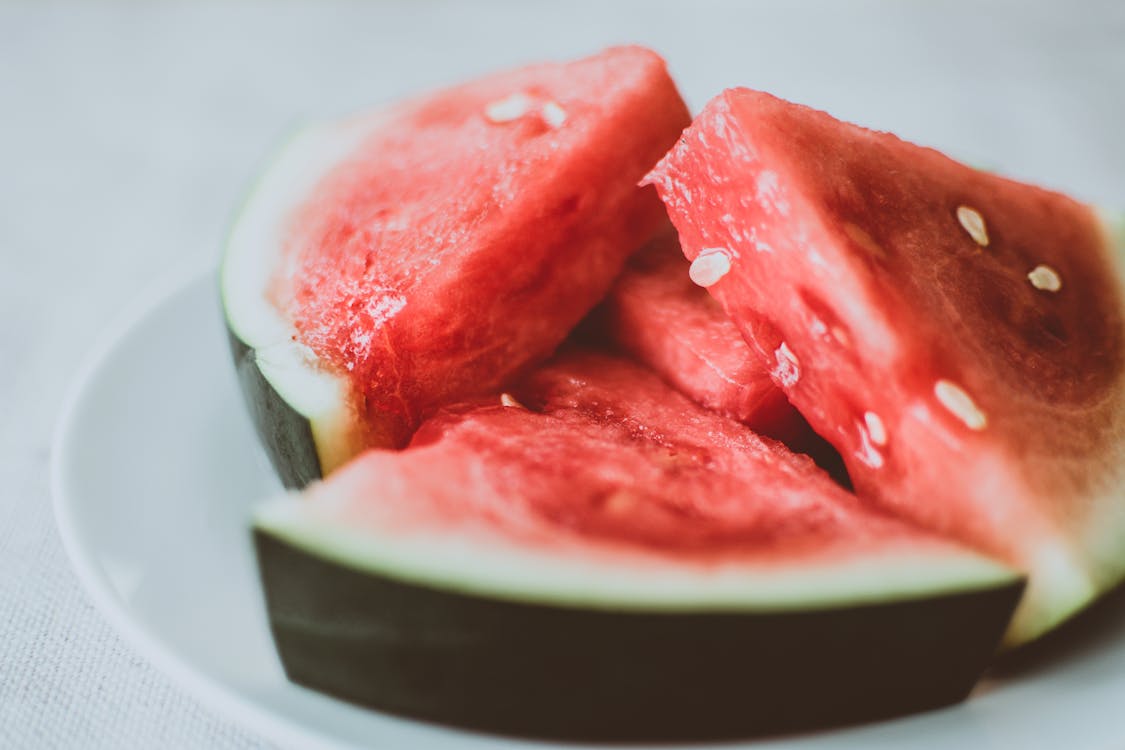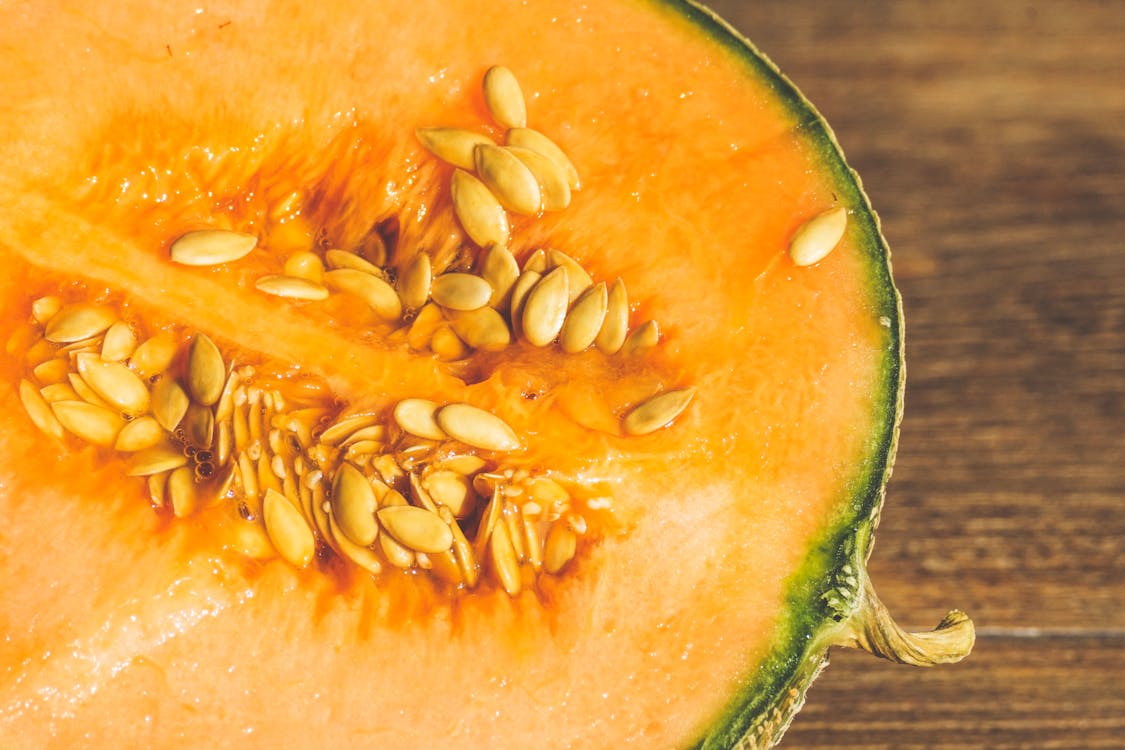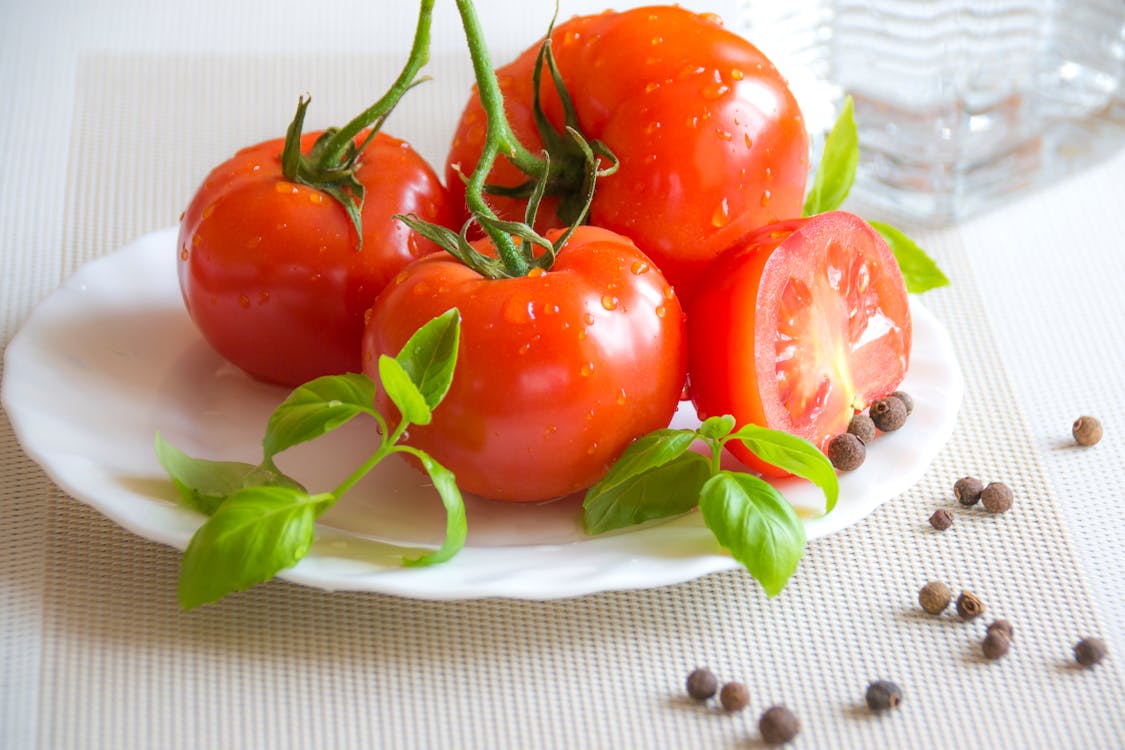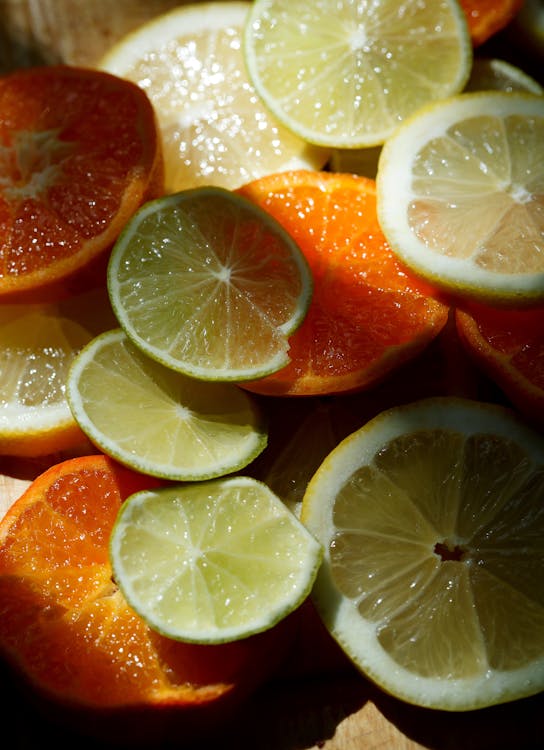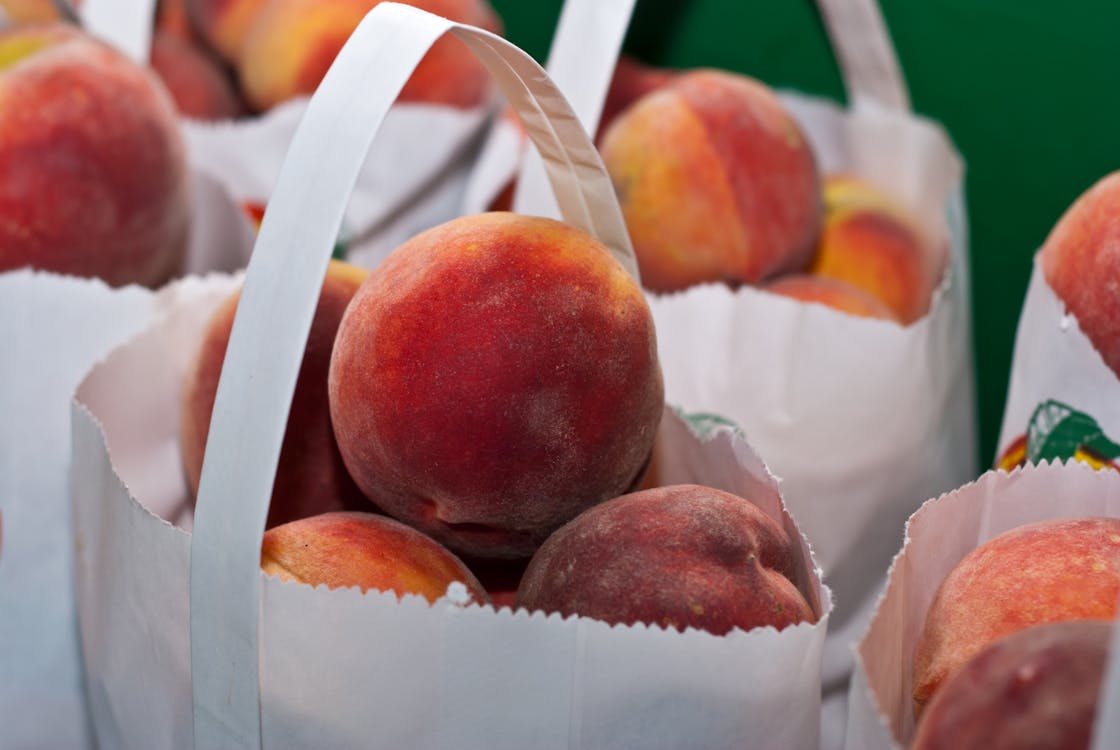Low-carb lifestyles like keto and Atkins are more popular than ever. Many people are cutting back on carbohydrates to lose fat, boost energy, or improve health.
But there’s still confusion about how to match a workout plan to this way of eating.
Without enough carbohydrates, it’s common to feel tired during workouts. That’s where a well-structured low carb exercise plan comes in.
In this guide, you’ll learn how to train smart on fewer carbs, support your goals, and stay consistent without burnout.
What Is a Low Carb Exercise Plan?
A low carb exercise plan is a workout routine built to work alongside a low-carb diet. It supports fat-burning, protects muscle, and helps you avoid fatigue.
Unlike traditional plans that rely on carbs for quick energy, this plan leans on fat and protein. It often includes steady cardio, smart strength training, and shorter intense workouts.
People on a low carb fitness routine focus more on recovery, hydration, and adjusting workout timing to stay energized.
Key Principles of Exercising on a Low Carb Diet
When carbs are low, your body begins using fat for fuel. This change boosts fat-burning and can improve how your body uses energy over time.
Still, the early days often bring lower energy. You might feel slower or struggle with motivation. This is normal and usually improves once your body adjusts.
The main goal is to avoid pushing too hard too fast. Choosing the right workouts supports muscle, metabolism, and steady progress.
Creating a Personalized Low Carb Exercise Plan
To build a low carb exercise plan that works, think about your goal first. For fat loss, pair strength training with light cardio.
For muscle gain, focus more on lifting and shorter, intense sessions.
A weekly routine could look like this: strength training on Monday, Wednesday, and Friday; cardio on Tuesday and Saturday; recovery on Sunday.
If you’re just starting low carb, keep workouts lighter while your body adjusts. Over time, as fat adaptation improves, you can train harder.
Track your energy levels. If you feel strong, stick with your schedule. If not, rest more or reduce intensity.
Low Carb Exercise Plan: Best Low-Intensity Workouts
Low-intensity workouts help burn fat without draining your energy.
They’re a great fit for anyone following an exercise plan for a low carb diet.
A 30-minute walk each day can support fat loss, improve circulation, and lift your mood.
Yoga and pilates promote flexibility and reduce stress. Light cycling is easy on your joints and keeps you active.
These exercises are easy to stick with and prevent burnout when carb intake is low.
Strength Training in a Low Carb Exercise Plan
Strength training helps you burn calories and keep muscle while eating fewer carbs. It also supports your metabolism so your body keeps using energy even at rest.
To lose fat, use lighter weights with 10–15 reps for 3 sets. To build muscle, go heavier with 6–8 reps for 4 sets.
This include squats, deadlifts, push-ups, and rows for full-body results.
Eat protein before training to support energy and muscle strength. After your workout, have another protein meal to help your body recover.
Take at least one rest day between heavy sessions to rebuild stronger and avoid burnout.
How to Do High-Intensity Workouts on a Low Carb Exercise Plan
High-intensity workouts can work on a low-carb diet with a few changes. Keep sessions short, around 15 to 20 minutes.
Use styles like Tabata (20 seconds work, 10 seconds rest) or EMOM (every minute on the minute). These push your limits without draining all your energy.
Some people feel stronger with a small snack like a boiled egg or a few berries before the workout.
Others prefer fasted training.
Try both and see what works best. Only do these workouts two or three times a week.
Too much intensity without enough fuel can slow your progress or increase soreness.
Common Mistakes to Avoid in a Low Carb Exercise Plan
Starting too fast or training too hard can lead to burnout. Since tons of people also forget to drink enough water or replace lost electrolytes.
Another common mistake is skipping rest days. Recovery matters just as much as the workout itself, particularly on a low-carb exercise plan.
If you feel constantly tired or sore, your body may be asking for more rest or a lighter training load.
So sticking with balanced routines and adjusting your effort based on how you feel helps you stay consistent over time.
Supplements That Support a Low Carb Exercise Plan
Supplements can support your low-carb exercise plan, especially when energy dips or recovery feels slow.
Particularly, electrolytes help prevent cramps and keep hydration steady.
Magnesium supports muscle function and may improve sleep.
Omega-3s ease soreness and protect your heart. Creatine boosts strength and performance, even with fewer carbs in your diet.
BCAAs assist with muscle repair and can reduce fatigue during tough workouts. Use these when training feels harder than usual or recovery takes longer.
These simple additions can make a big difference in how you feel and perform without needing to change your entire routine.
FAQ: Low Carb Exercise Plan Questions Answered
What is the best low carb exercise plan for beginners? Start with walking, light strength training, and gentle yoga. These workouts are easy on your body while your energy adjusts.
Can I build muscle on a low carb exercise plan? Yes, but protein intake and proper rest are important. Strength training two to four times a week helps preserve and build muscle.
How do I avoid fatigue while working out on a low carb diet? Drink plenty of water, include electrolytes, and don’t skip meals. Try shorter workouts and rest when needed.
Is fasted cardio effective on a low carb exercise plan? For some, it boosts fat-burning. But it doesn’t work for everyone. Try it a few times a week and track how you feel.
What should I eat before and after workouts on a low carb diet? Before workouts, try protein with healthy fat. After training, focus on protein and consider a small amount of carbs if needed for recovery.
Final Thoughts on Your Low Carb Exercise Plan
A strong low carb exercise plan supports your body without draining your energy.
Low-intensity workouts help with fat loss, strength training protects muscle, and short high-intensity sessions boost performance.
Hydration, proper timing, and listening to your body keep everything running smoothly.
Stick with a plan that feels manageable and flexible. You’ll be more likely to stay consistent, and that’s where real progress happens.

